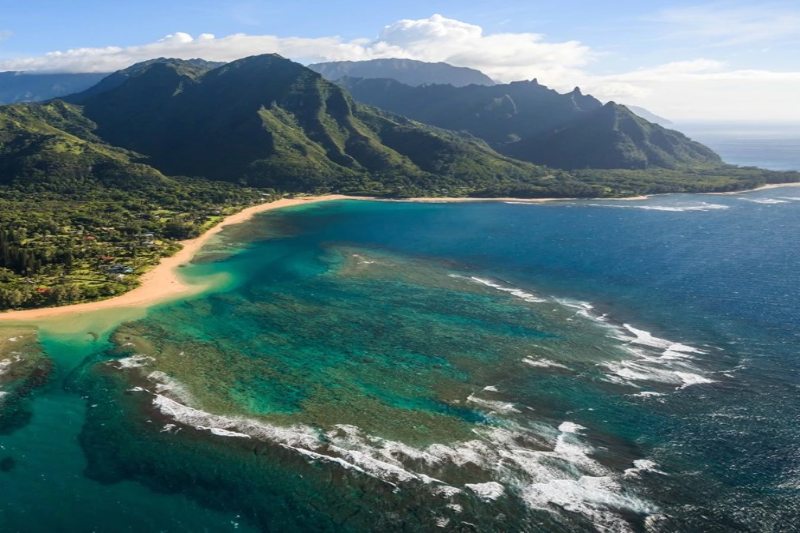Scientists Discover That The Tectonic Plate Beneath the Pacific Ocean Is Breaking Up

Although plate tectonics, which explains how enormous parts of Earth’s crust slide, grind, rise, and sink ever so slowly across its sludgy mantle, is currently the dominant hypothesis, its acceptance path was long and rocky.
However, even now, over fifty years after receiving scientific validation, the idea still requires some improvement.
According to a recent study, the four plateaus in the western Pacific Ocean are not inflexible slabs as previously thought, but rather weak regions at the plate’s border that are being pulled apart by forces outside of their control.
The study’s co-author, geophysicist Russell Pysklywec of the University of Toronto, says, “The theory’s not carved in stone and we’re still finding new things.”
“We were aware that faults and other geological deformations occur far beyond plate borders in the interior of continental plates. However, we were unaware that ocean plates were experiencing the similar phenomenon,” says first author Erkan Gün, a University of Toronto earth scientist.
This new study is simply an extension of decades of scientific attempts to map the rough terrain of the ocean floor. Scientists have been revising their understanding of the seafloor for decades.
Ocean cartographer Marie Tharp’s groundbreaking work in the 1950s, employing battleship sonar data to map vast swaths of the seafloor, revealed that the ocean basins were not at all flat surfaces as previously thought.
Instead, the seafloor was split apart by enormous chasms and mountains, none bigger than the Mid-Atlantic Ridge that Tharp found and which is today acknowledged as the world’s largest mountain range, dividing the Atlantic Ocean in half.
When two tectonic plates clash and the Earth’s crust buckles, or when one plate dips beneath the other and pushes the overtopping plate upward, mountain ranges like these are created. Submarine mountains, however, typically arise underwater when magma erupts from a divergent boundary, where two plates are drifting apart.
However, geologists believed that enormous portions of Earth’s crust remained relatively rigid as they floated atop the mantle, and did not deform like plate margins, far away from these plate borders, near the heart of oceanic plates.
In order to verify this theory, Gün, Pysklywec, and associates collected data on the Shatsky Rise and Hess Rise, two oceanic plateaus located between Hawaii and Japan; the Ontong Java Plateau, situated north of the Solomon Islands; and the Manihiki Plateau, situated northeast of Fiji and Tonga.
Their investigation was restricted to these four plateaus in the western Pacific Ocean where data were available due to the difficulties in scanning the seafloor.
The distance between the nearest plate border and the oceanic plateaus ranges from hundreds to thousands of kilometers. However, Gün and associates discovered that the plateaus had similar magmatic and deformational characteristics, indicating that pull forces are tearing them apart along the margin of the Pacific plate, where slabs are subducting beneath other plates.
As you can see from the image above, the researchers’ ruptures, or fault lines, typically run parallel to the nearest trench.
To gain a better understanding of the mechanisms causing this remote deformation, the researchers also modeled tectonic plate movements for four hypothetical plateaus situated between 750 and 1,500 kilometers (466 to 932 miles) from the closest subduction zone.
These hypothetical plateaus were stretched over millions of years and thinned more on the side nearest to the trench, regardless of their distance from the plate edge.
“It was thought that because the sub-oceanic plateaus are thicker, they should be stronger,” Gün says. “But our models and seismic data show it’s actually the opposite: the plateaus are weaker.”
Though they admit they only looked at four plateaus in the Pacific, the researchers hope that their findings will encourage more research to map the seafloor.
“Sending research vessels to collect data is a major effort,” Gün says. “So, in fact, we’re hopeful our paper brings some attention to the plateaus and more data will be collected.”